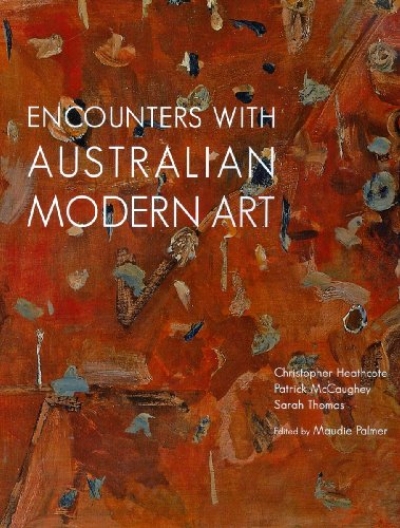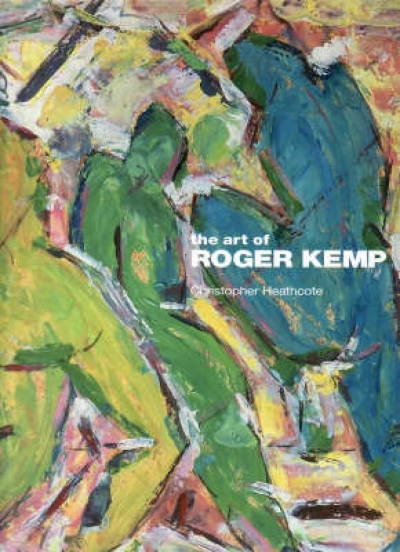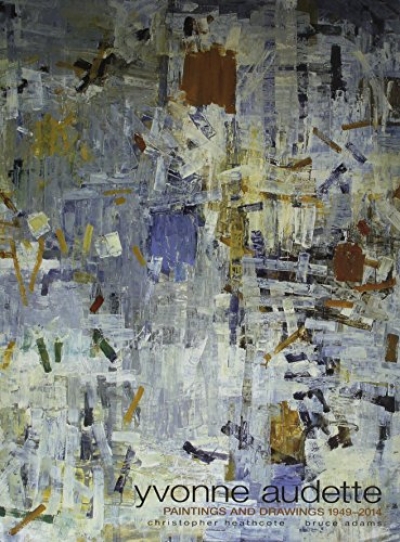It’s something of a shame, I suppose, but an enduring cliché emanating from Sofia Coppola’s critically acclaimed film Lost in Translation is the term itself – used currently to describe social encounters where language really is a barrier to communication, or abused in glib dismissals of ailing relationships or fraught encounters. But this is the term that sprang to mind when I was reading this book and considering the deft ways in which each of the writers has contextualised Yvonne Audette’s art, but has not lost in their translations of her practice the lyricism and understatement in her work, and the ultimately mysterious internal impulses that have driven Audette through five decades of creative enterprise. For some viewers, Audette’s is, or could be, an uneasy art. The pleasant surprise in this book is its balance of scholarship against its evocation of the poetics and introspection of an artist’s vision and visual life.
...
(read more)



